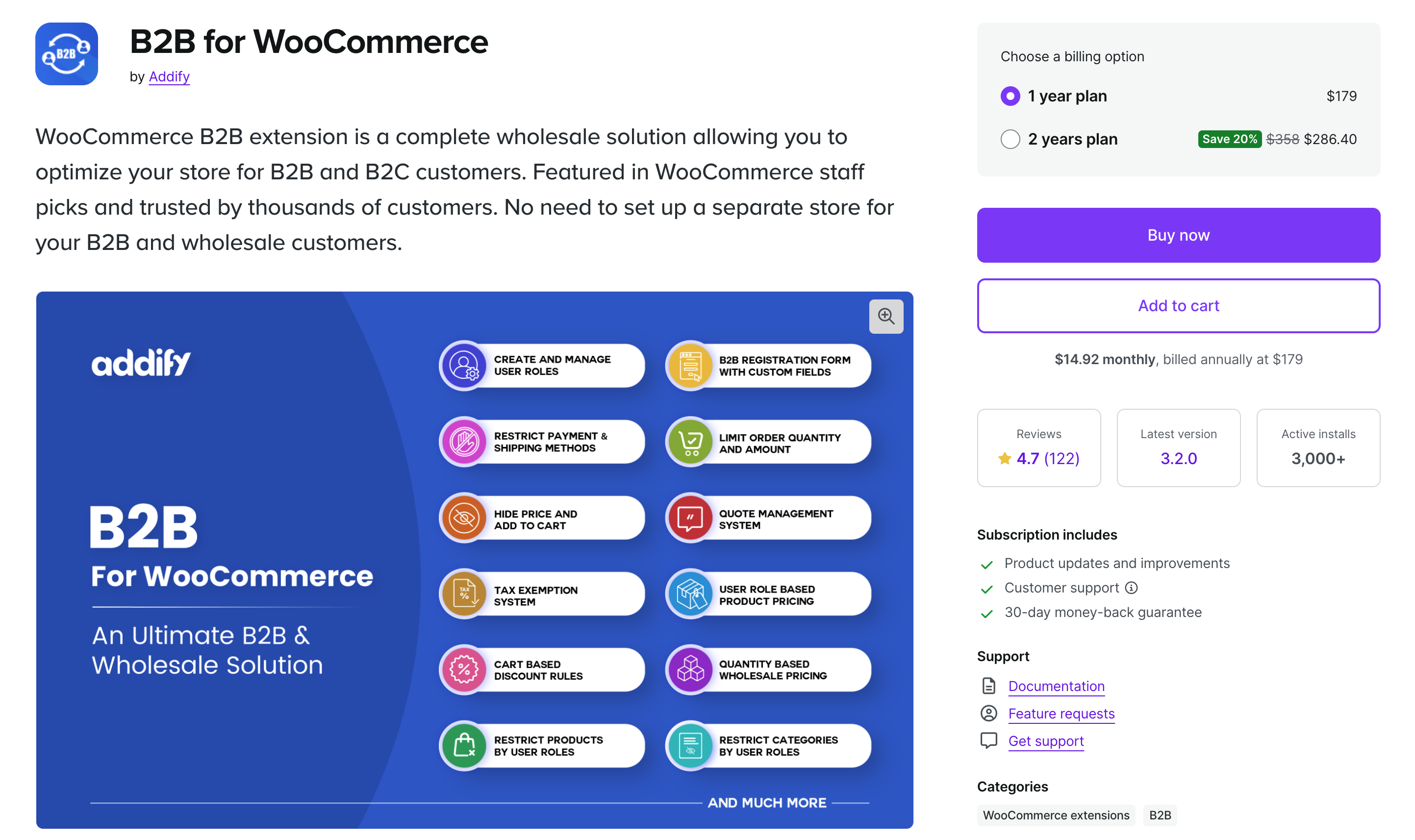This article was written by:
Amazon, Zalando, Otto – these names have long stood for digital shopping in everyday private life. Today, business customers expect the same digital experience and efficiency as private consumers – but with their own specific requirements for complexity and integration.
Studies show how strongly the market is currently growing and will continue to grow in the long term: According to forecasts by the U.S. International Trade Administration, global B2B e-commerce sales will rise to around 36 trillion U.S. dollars by 2026. The potential for B2B companies is therefore enormous. Nevertheless, most are letting their opportunity slip away.
Have you already considered optimizing your online sales? We’ll show you what you can do – and what you should keep in mind.
The key difference between B2C and B2B lies in the complexity of business relationships. While B2C systems focus on uniform prices, quick purchasing decisions, and emotional incentives, B2B buyers operate in a far more demanding environment. Here, individual pricing structures, multi-level approval processes, and customer-specific product ranges dominate.
Despite this complexity, business customers today expect the same user-friendliness as in B2C – but adapted to their individual requirements. They want seamless integration into existing systems, automated ordering processes, and intuitive operation, even for complex workflows.
.gif)
According to Gartner, by the end of 2025 around 80 percent of all B2B sales interactions – from initial contact to ordering – will take place via digital channels. The latest available market data confirms this trend: In the U.S., B2B e-commerce grew by 8 percent in 2024 to 2.43 trillion U.S. dollars, driven primarily by self-service portals and B2B marketplaces.
In Germany, according to market research institute IFH Cologne, B2B online trade generated 1.67 trillion euros in 2023. Only 427 billion euros of this came from modern B2B online shops, websites, and marketplaces – the rest was still handled via traditional EDI (electronic data interchange) processes. Another study found that 35 percent of the B2B companies surveyed were already operating their own marketplace at that time, with another 48 percent planning to take this step.
Three Key Takeaways:
Customers are more than demanding in this regard: 75 percent of B2B customers switch providers if a competitor offers a better digital purchasing experience. This experience often leaves much to be desired: According to Sapio Research, 94 percent of B2B buyers encounter problems with the online customer experience – and every second e-commerce website fails to fully meet their expectations.
What does this mean specifically for your company? Since there is strong demand among potential new customers for appealing e-commerce solutions, you can set yourself apart from much of your B2B competition through targeted measures – such as developing a self-service portal – and by offering an intuitive user experience. For this, you need a suitable e-commerce platform.
Today’s market offers a wide range of platforms for B2B online shops. We’ve picked out three examples for different needs.
Shopify: The SaaS solution impresses with quick setup and intuitive operation. It’s ideal for companies active in wholesale that want to scale quickly. Thanks to multi-channel functionality and headless architecture, performance is strong – but the system reaches its limits when dealing with very complex B2B processes.
.gif)
WooCommerce: Based on WordPress, WooCommerce offers high flexibility as an open-source solution. Its strong community and easy content integration make it particularly attractive for small and medium-sized businesses. However, performance can be limited when it comes to more complex requirements.

Adobe Commerce: The enterprise solution for international, complex B2B online shops. With a modular architecture and comprehensive functionality, it offers maximum adaptability – though it also requires significant technical and financial investment.

1. User-Centered Complexity: B2B processes are often multifaceted – the user interface should not be. Guided selling features, clear navigation, and mobile optimization ensure that even complex orders can be processed intuitively.
2. Individualization as a Core Principle: Every business customer is different. Systems must be able to seamlessly handle flexible pricing tiers, customer-specific assortments, and special payment terms. Standard solutions quickly reach their limits here.
3. Seamless System Integration: The key to success lies in connecting existing systems. ERP, CRM, and PIM systems must communicate seamlessly to automate data flows and ensure a consistent customer journey.
Digital shop systems and online store software are not only revolutionizing processes – they are changing the way business relationships work. Repeat orders are handled automatically, individual quotes are generated online, and complex approvals are processed digitally. The result: sales teams gain time for real consulting and strategic partnerships.
At the same time, customer data, cart analyses, and order histories provide valuable insights for personalized offers. Subscription models create predictable revenues and stronger customer loyalty. Companies should also ask themselves: Is headless commerce, for example, interesting for us – an approach in which the front end of an online shop is separated from the backend logic (inventory management, order processing)? Choosing a platform becomes a strategic decision – those who invest wisely now will secure decisive advantages.
Spotted more potential? If you want to further digitalize your B2B sales and are considering an e-commerce solution and application, Uhura Digital can help – from concept, design, and implementation to B2B digital marketing. Just give us a call.





